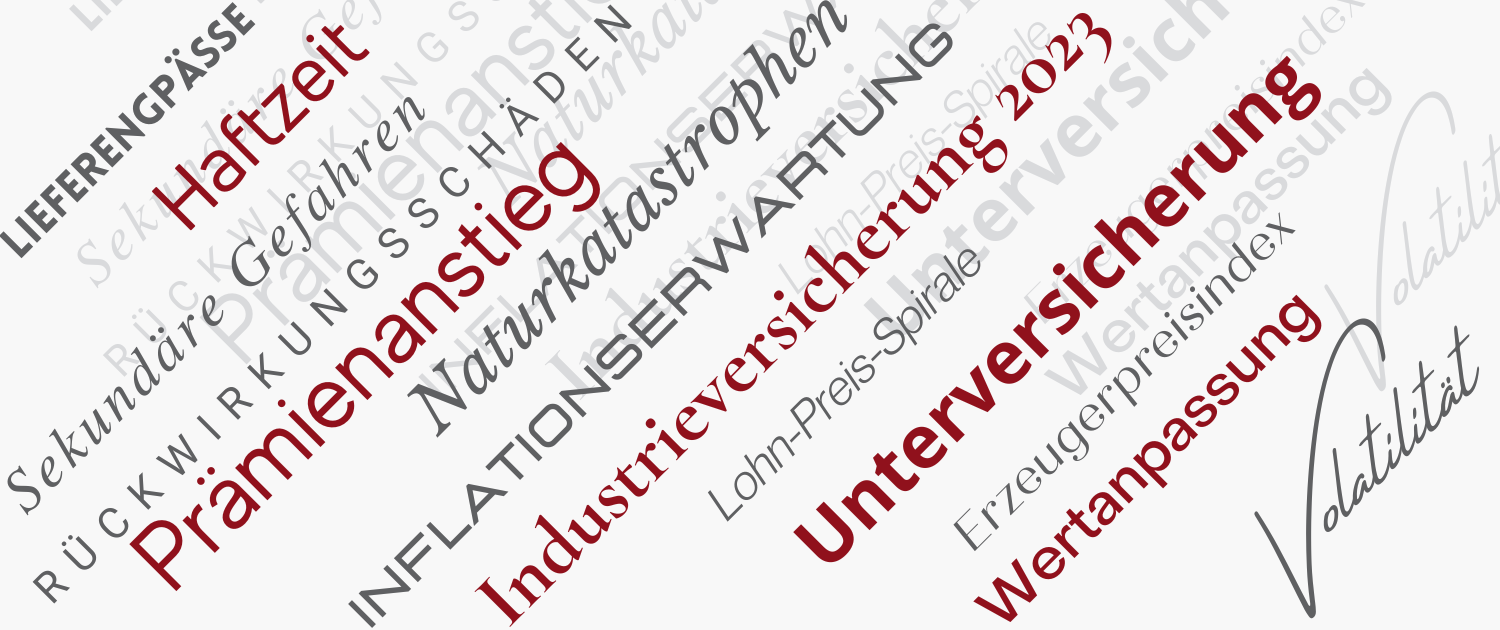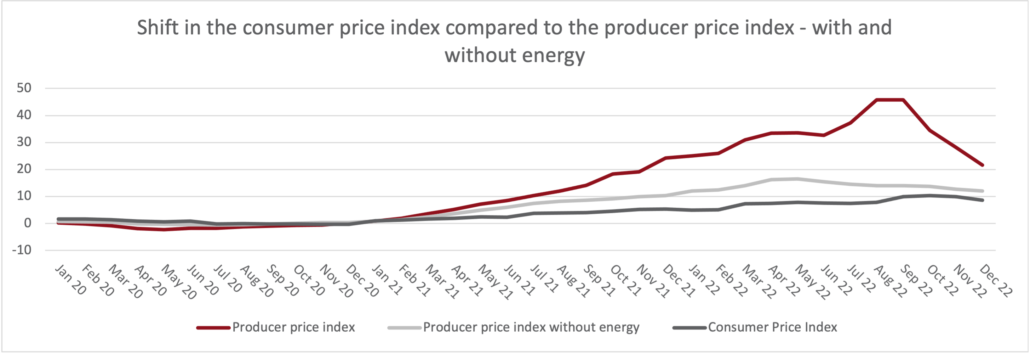Natural disasters and major fires
Natural catastrophes
The devastating flood disaster in the Ahr valley dominated the insurance market in 2021. For German insurers, 2021 was the most expensive year in their history, with claims expenditure of €8 billion.
Worldwide, 2021 was the fourth most expensive natural catastrophe year with a claims expenditure of 120 billion USD. Hurricane “Ida” and winter storm “Uri” caused considerable damage, with Uri particularly affecting the chemical industry.
There are enough forecasts that see this not as an exception but as a trend.
If we follow them, we will see many extreme weather events in the future. Heavy rain and floods in Europe, severe thunderstorms in the USA, persistent droughts, record low water levels on important waterways.
Indeed: the so-called secondary hazards (hail, forest fire, thunderstorms) are by no means secondary. According to Swiss Re, they caused almost 50% of natural catastrophe losses worldwide in 2022!
There were also many global natural catastrophes in 2022, such as floods in Australia, China and South Africa, earthquakes in Japan and Afghanistan, local tornado events in the USA, winter storms in Germany.
Nevertheless, from an underwriting perspective, 2022 was a rather average natural catastrophe year. Although there were many residential building losses in Germany, unlike in the previous year, German industrial companies were largely spared.



